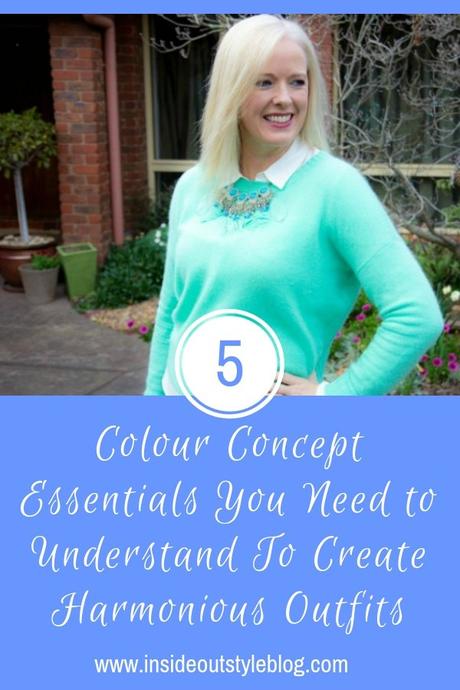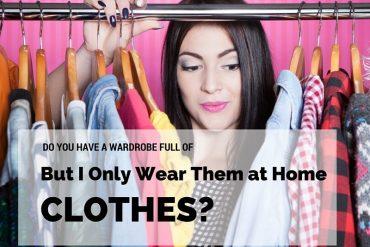Colour is a passion of mine, and helping people find the colours that truly make them shine is something I've been doing for the past 14 years (or so) and I know just how much wearing colours that harmonise with your natural colouring really makes a massive difference to how you look and feel. The year after I started Inside Out Style, I also co-created my colour system of 18 colour directions, the Absolute Colour System, based on years of experience doing colour analysis and finding the existing systems lacking (I don't want to have to "make a client fit into a group" I want to have a group that works for them, no matter their colouring). I now love teaching others to do personal colour analysis too - and share the love of colour with a wider community.
If you've been reading Inside Out Style since 2009 you'd be all over what I'm about to share with you. But if you're new here and kind of confused about some of the terminology and concepts I talk about regarding colour, this post is here to step you through the most important things you need to know about choosing and wearing colours. So here I'm going to cover some of the basics that you need to know, so when you read all those other blog posts on colour -they all make sense!
1. Colour Terminology You Must Understand
First things first, you need to understand the language of colour. This really does help, as there is a set of scientific terms and also art terms that are used with regards to colours, which makes it much easier to grasp the different elements of colour and talk about colour when you have the language.
There are a few words you'll see in many posts here that are specific colour terms. Words such as "value", "undertone", "intensity" and "overtone".
Value = how light or dark the colour is. Simple really. It's not a monetary value or an emotional or social value - just a description of how light (tinted) or dark (shaded) a colour is.
Undertone = how you create the colour -whether it has a warm (yellow) or cool (blue) base to the colour (as if you're the person mixing the dye to create the colour, what would you use?)
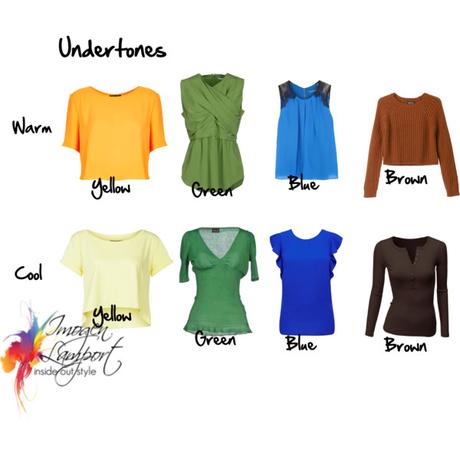
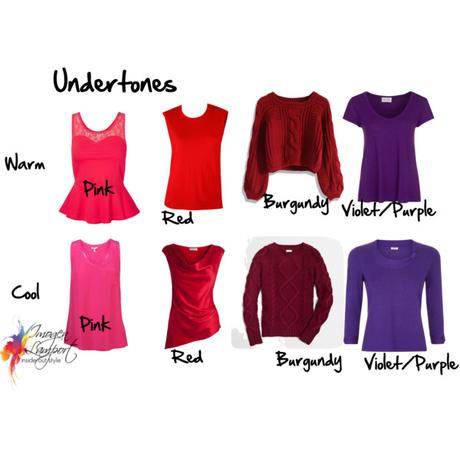 Intensity = how bright or muted the colour is - there are many words that can describe these colours - bright = clear, pure, intense, saturated. Muted = dusky, soft, smoky, toned, desaturated.
Intensity = how bright or muted the colour is - there are many words that can describe these colours - bright = clear, pure, intense, saturated. Muted = dusky, soft, smoky, toned, desaturated.
Overtone = whether we ascribe the colour to a feeling of warmth or coolness. Red, yellow, orange = warm - as we associate these colours with hot things - fire, sun etc. Blue, Green, Violet = cool - as we associate these colours with cool things - oceans, shady forests etc.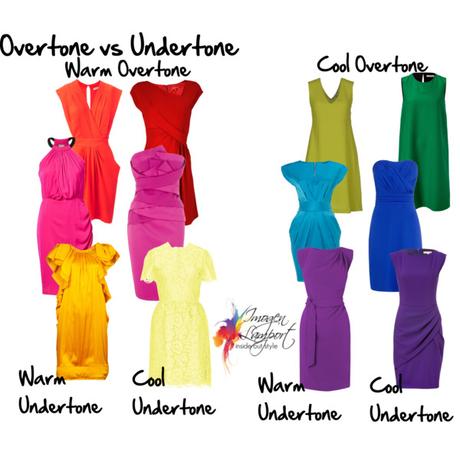
There are more technical terms that are useful to know - read about them here.
2. Ideal Value
Ideal value relates to the overall lightness or darkness of outfits that are the most flattering. Ideal value is a concept that I've developed based on my years of experience with personal colour analysis and observation of outfits that really work versus those that not quite as good (even though they are all part of a colour direction).
Your ideal value is a similar value to your hair value. Read more about his concept here.
And wearing around 60% of your outfit is in your ideal value (particularly on your upper body) will always create the most harmonious effect.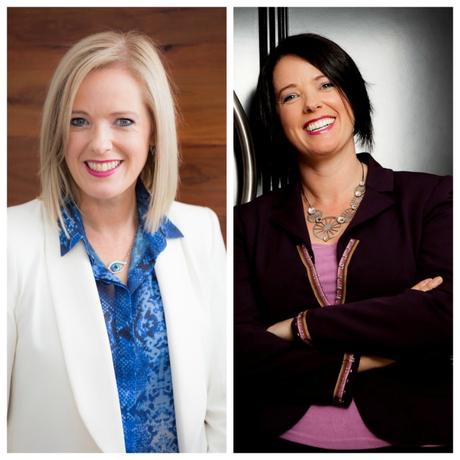
You can see that with my hair colour change - that an overall light outfit relates now to my fair hair, whilst when I had dark hair and a deep value (deep is an alternate word for dark - means the same thing though) I needed more of my outfit to be in darker colours.
3. Contrast - Value and Colour
Ahhh contrast, you are a tricky concept to fully grasp at times, but once you've seen it, it all falls into place.
There are two sorts of contrast (and contrast is just difference between two colours), value contrast (the difference between the lightness and darkness of a colour) and colour contrast (the difference between the colour relationship - monochromatic, analogous, triadic, complementary etc).
I've written so many posts on contrast - you can find them all here. But if you want to figure out your own contrast - try my 3 step process.
Where Celebrities Go Right and Wrong with Their Contrast
Value and Contrast with Darker Skin Tones - the Celebrity Version
4. Your Colour Personality
Yes, personality influences every single thing you wear. And which colours you choose (even if you've had a colour analysis and have a palette, you will be drawn more to some colours or colour combinations than others, and this is personality based.
Personality is the number 1 key in creating outfits that feel right to you (even if something looks great but you think to yourself "it just isn't me" then there is something that doesn't fit right with your personality).
Your Ultimate Colour Personality Dressing Style Guide
5. Communicating with Colour
And then you'll want to think about what you want to communicate - of course, colour is integral in this - which is why the whole field of colour psychology exists (and is totally fascinating - did you know that your feet will feel warmer faster if you wear red socks!).
But of course, it goes deeper than just how we perceive each colour psychologically, there is also the way colours and combinations of colours communicate too.
How You Can Use Colours to Communicate For You
What is the Contrast of Your Outfit Telling The World About You?
How to Use Colour To Communicate Your Authority or Approachability
There you have it - your resource for understanding the basics of colour and putting together outfits. There is of course way more about colour you may want to learn about. For example mixing colours, finding the colours that work for you (and if you'd like my professional opinion on your colouring - you get a personal colour analysis as part of my 7 Steps to Style program), and creating outfits with colour (remember that wearing colour will bring more joy into your own life as well as those around you - now isn't that something to strive for?
How to Choose Flattering Lipstick Colours
Why You Should Always Add Colour To Your Outfit
How to Mix and Match Colours
